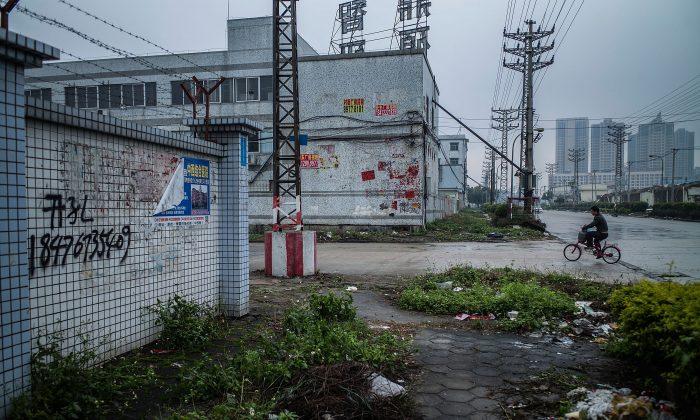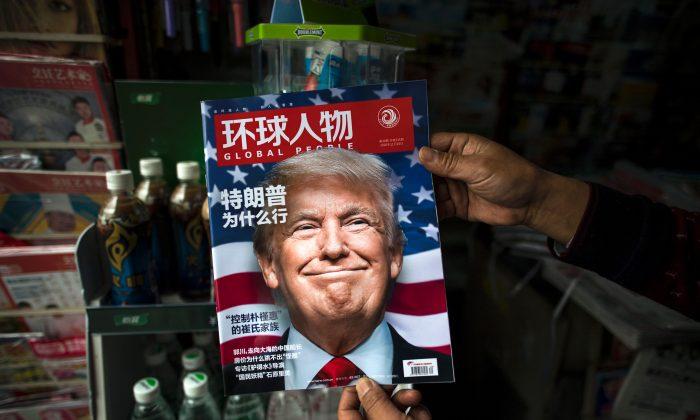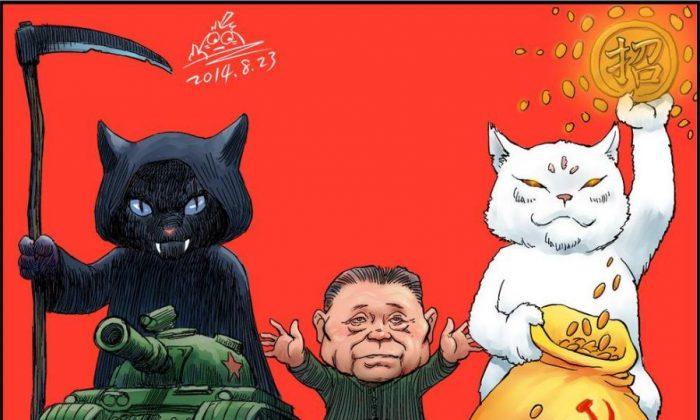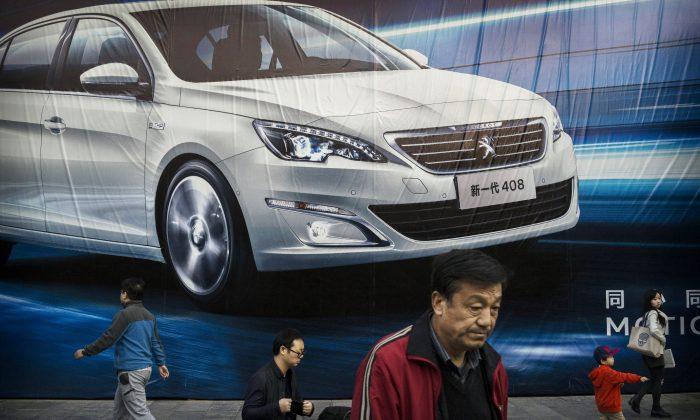After 35 years of rapid economic growth, China’s economy has significantly decelerated in the past couple of years. What used to be double-digit growth has dropped to between 6 to 7 percent, a nearly 50 percent reduction. Many people point to China’s weak internal consumption. However, the real problem is the rigid wealth distribution system.
Ailing Consumption
Investment, consumption, and exports have long been the troika of China’s economic growth. However, despite the fact that consumption has somewhat increased in the past couple of years, investment and exports have accounted for larger shares during the past twenty plus years before 2011, while consumption was relatively weak. Especially in the 10 years after 2000, consumption as a share of GDP, continued to decline from 46 percent in 2000 to 34 percent in 2010.
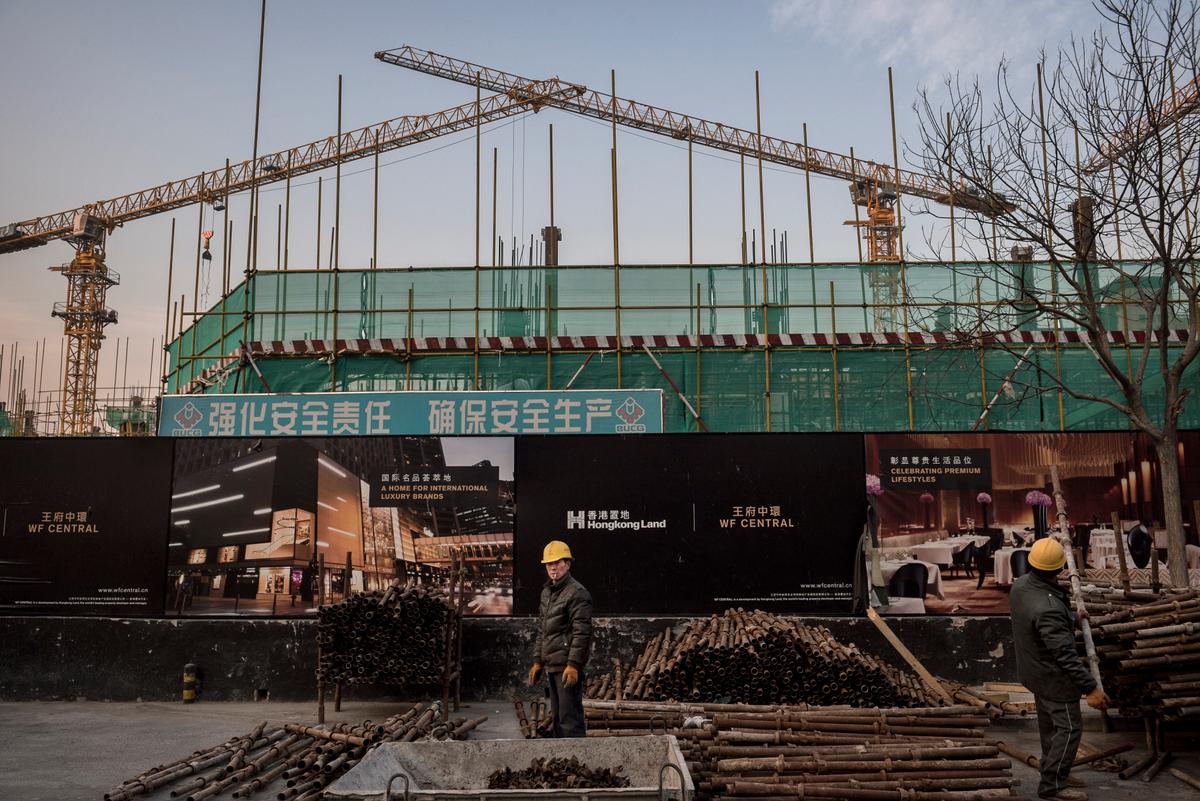
China is the world’s second largest economy after the United States. However, it has over a billion more people than the United States, and all Chinese are thought of as newly rich. But actually, that’s not the case. According to a World Bank survey, in 2012 the per capita consumption in the United States was $30,903, while in China it was only $1,221. The world’s per capita consumption, excluding China, is about $5,400. That makes China’s per capita consumption less than a quarter of the world’s consumption and only 4 percent that of the United States.
The massive building boom that has transformed China’s major cities gives one the false impression that everyone in China is wealthy and that Chinese are rich enough to buy up the United States several times over. But if you go to the countryside, you will see farmers who are not even able to buy a can of soda.
With a population of 1.4 billion, China’s consumption still depends on government investment. This shows that there are serious, inherent problems in the economic structure. For example, the average square meter home price in Beijing costs 50,000 yuan ($7,500 ). Who can afford this kind of real estate? Less than 1 percent of China’s total population can. In other words, Beijing’s real estate prices are of no consequence or benefit to 99 percent of the Chinese people, even if the price were to rise to a million yuan per square meter.
China’s mainstream population is not rich, although there are quite a lot of new-rich who have made a fortune over the past two decades. In fact, China has the most wealthy people in Asia. But compared with China’s total population, they are a very tiny percentage, and they cannot be expected to raise China’s internal consumption by very much.
Wealth Distribution
For more than 90 percent of Chinese people, low consumption is a problem related to lack of income, lack of wealth, land, and capital. In order for the Chinese economy to improve, we must resolve the polarization of wealth and design a system that supports prosperity for the majority of citizens.
For a long time now, a detrimental policy has persisted in China’s economic planning. Namely, the focus has been to benefit the interests of a small number of people. Therefore, the real issue facing the Chinese economy is its outdated and rigid wealth distribution system that is incapable of fairly adjusting the distribution of the county’s resources. Since only a few people can benefit, it accelerates social inequality, with the rich becoming richer and the poor becoming poorer.
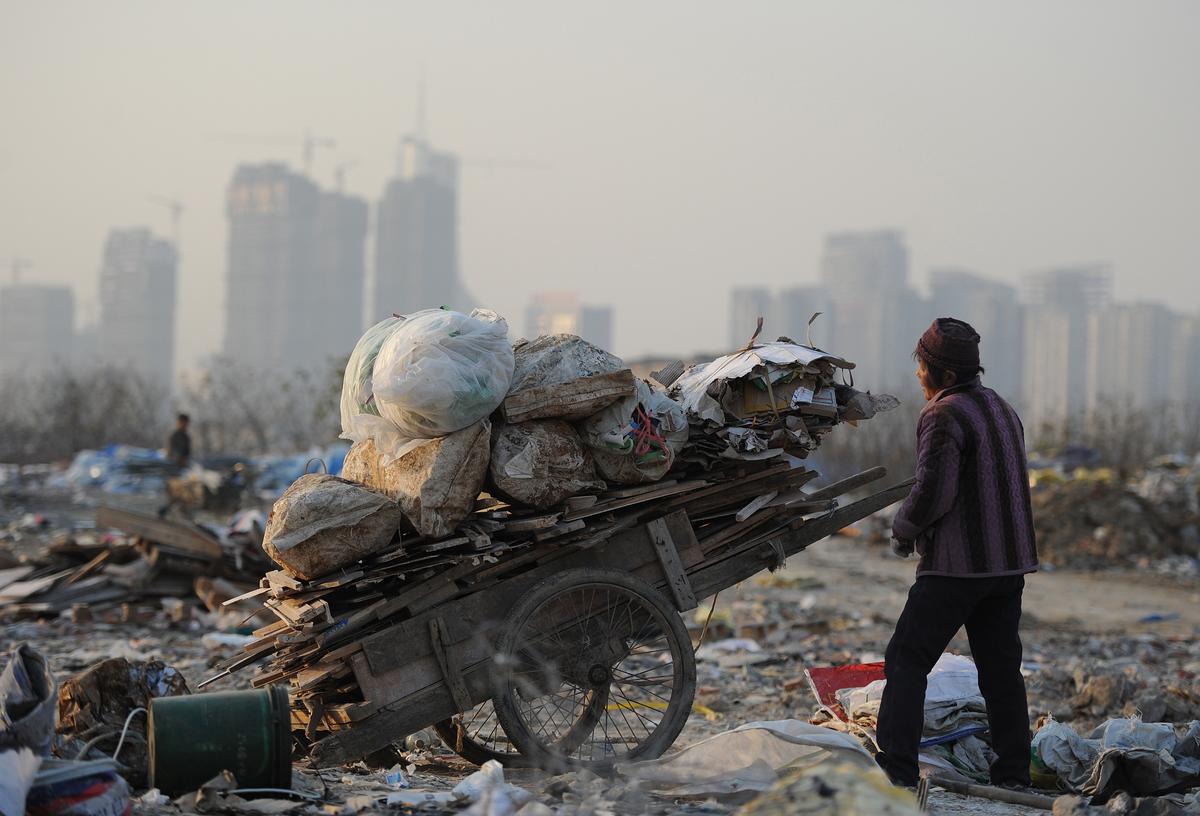
China’s social distribution system is defunct not just in regard to income, but also regarding bank credit and opportunities. To obtain some degree of financial wealth, it is not enough to tell people to work hard. One also needs knowledge, capital, political and business relationships, and other opportunities. For example, a small trader needs liquidity to open a shop or expand his business. Whether he can get capital is crucial to him. Lacking capital, he may not achieve his lifetime dream of opening up a shop merely through working hard.
Availability of bank loans are part of the system of social capital distribution. Access to knowledge is about equal education for all. Opportunities to accumulate wealth is about equality and justice. How a society distributes these resources to all its members is not just a question of income distribution, but an issue of fair competition.
If China’s wealth distribution system does not change, the majority of the Chinese people will remain shut off from opportunities and resources and be unable to accumulate any meaningful wealth. Therefore, the prospects for China’s economic development lie in the reform of wealth distribution.
Fan Di is an independent economist and part-time professor of Peking University and Sun Yat-sen University. He obtained a Ph.D. at the University of California, Berkeley, supervised by Li Yining of Peking University and Nobel Prize winner George Arthur Akerlof. Fan has been a senior executive and consultant at major banks, financial firms, and large companies. This is an abridged translation of an article posted on July 12, 2016 to his public WeChat account.
